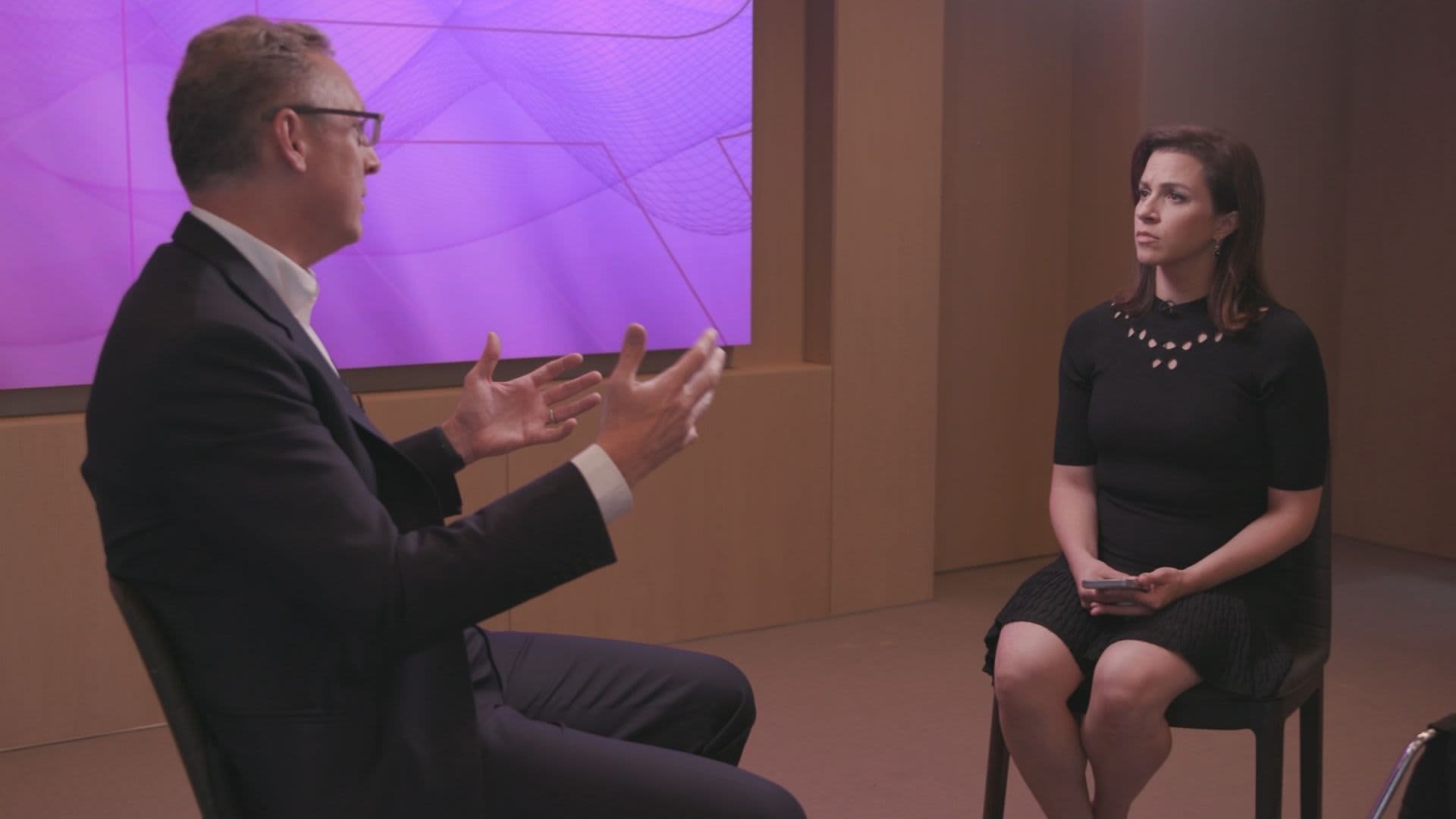(Click here to subscribe to the Delivering Alpha newsletter.)
The job market may be strong, but the invisible strings that connect workers to their jobs are increasingly weaker.
Trends such as “lazy girl jobs” and “quiet quitting” have gone viral in a post-pandemic world where young workers are trading ambition for balance. Actors and writers continue to strike. UPS workers were on the brink of one before reaching a tentative agreement with their employer. More than half of employees in a recent survey reported feeling burned out due to a demanding workload.
How would all of that change if there were greater economic alignment between employers and their employees? If employees had more so-called “skin in the game?”
That’s the rhetorical question that Pete Stavros finds himself constantly asking. As the co-head of global private equity at KKR, he’s been a key champion of instilling employee stock ownership programs in all the companies the firm buys for its $19 billion Americas Fund.
These are effectively additional benefits, doled out to the rank-and-file – outside traditional management stock plans. Employees are given a stake in the company they’re employed by; it’s additional compensation above their regular wages and benefits, so that they can participate in any upside value the company delivers.
“So why should people do this? It’s because it’s just a superior way to run a business from every respect,” Stavros said in an interview for the Delivering Alpha Newsletter. “It’s better for investors, it’s better for the company, it’s better for employees, and in the end, it’s better for the communities that they live in.”
The latest deal, announced this week, involved RBmedia, a KKR-backed audio-books publisher that was sold to another investment firm H.I.G. Capital. At the closing of this transaction, expected by the end of the year, all RBmedia employees will receive a cash payout based on their tenure with the company. On average, that will amount to 100% of their annual salary.
Stavros said the firm has exited about nine of these deals now, noting, “they are among the best.” He said the exits have returned anywhere from 3 times to 10 times the capital that KKR invested. Over 60,000 non-management employees have been awarded billions of dollars in total equity value through these ownership programs since 2011, the firm said.
Stavros said that in KKR’s companies that utilized this program, quit rates went down and engagement scores skyrocketed. But he said that equity can’t just be given out to employees without support. He said there needs to be financial literacy, tax advice and education, as well as a way for employees to voice ideas and concerns – as any stockholder would do.
“So when it’s done well, and it’s in this holistic effort, for sure, it can affect worker discontent, which will lead to people walking out the door less, people being more engaged on the job, and caring about where the business is headed,” he said.
Stavros’s goal is to “see this roll out across the whole industry.” He and KKR are founding members of a non-profit called Ownership Works, with the ambition of generating at least $20 billion of wealth for lower-income and diverse workers over the next decade through shared ownership. Through the non-profit, other private-equity firms like Apollo and TPG also committed to advancing shared ownership within their own portfolios.
It’s still relatively early days – especially an industry not known for quick change – but the concept appears to be the antidote to worker discontent…one exit at a time.
